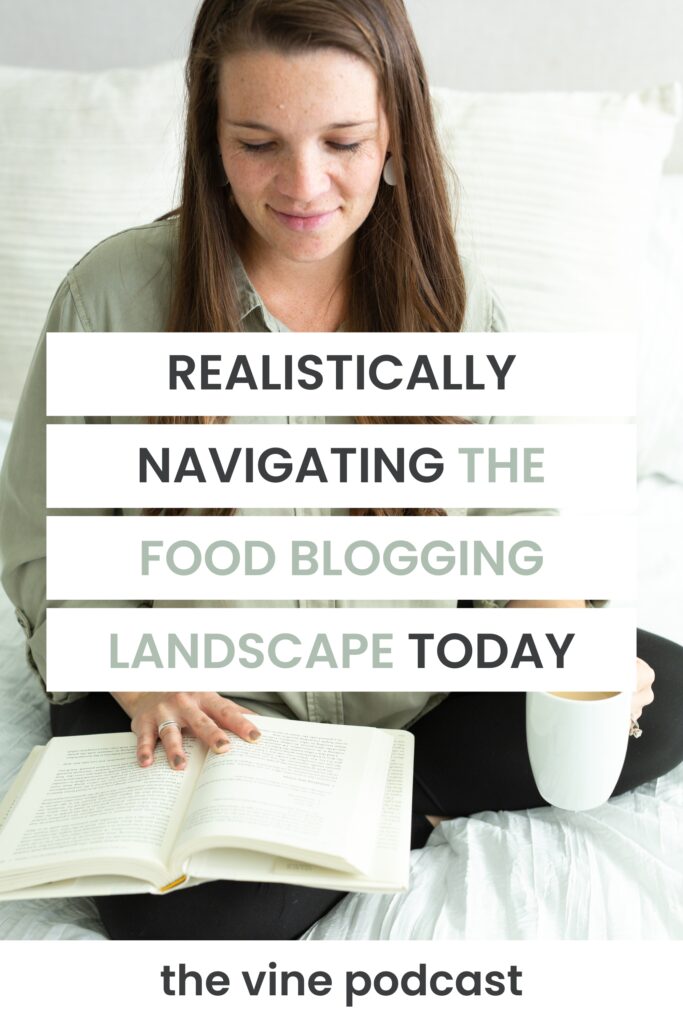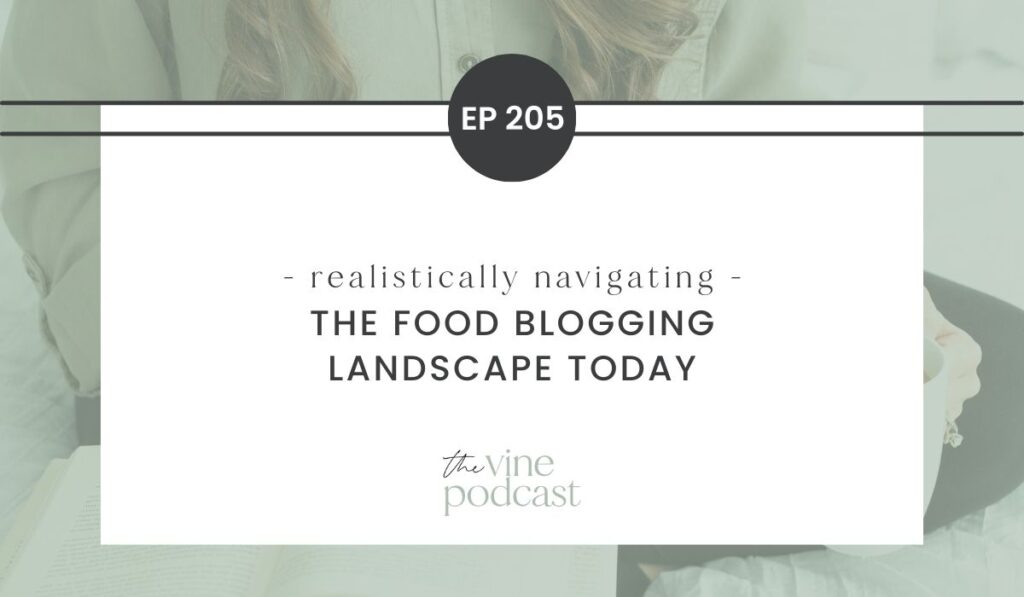If the past year has felt like a roller coaster in the blogging world, you are certainly not alone! It seems like every week there was a new threat to the industry and the stability of this career we love so much. With a new year beginning, it can a fresh start and the chance to navigate the waters a bit differently this year. In today’s episode, I’ll share some reflections over the past year and some action steps you can take to navigate the food blogging industry this year!


Embracing Your CEO Mindset
The shift from content creator to CEO requires more than just a change in title. It means critically evaluating how you spend your time and what truly drives your business forward. Time tracking has revealed that many food bloggers spend countless hours on tasks that don’t align with CEO-level responsibilities. Using tools like Toggl can help you understand where your time goes and whether it matches your stated priorities.
Key Actions for Time Management:
- Implement time blocking for specific tasks, especially new initiatives
- Track your time to identify patterns and inefficiencies
- Regularly evaluate if your actions align with your business goals
Diversifying Your Business
In today’s dynamic environment, relying on a single traffic or revenue source is risky. Consider exploring:
- Pinterest marketing strategies
- MSN partnerships
- Facebook group engagement
- Email marketing campaigns
- Flipboard promotion
The key is not to spread yourself too thin. Instead, dedicate focused experimentation time to each new platform or strategy before moving on to the next.
Protecting Your Business Asset
Your blog is more than just recipes and photos – it’s a valuable business asset that needs protection and nurturing. This means:
- Making strategic decisions about platform changes
- Evaluating partnerships carefully
- Maintaining consistent quality standards
- Planning for long-term sustainability
Embracing Change and Innovation
Sometimes, what’s worked in the past isn’t what’s best for your future. The podcast shared a powerful example of switching ad networks – a change that proved highly beneficial despite initial hesitation. Consider areas where you might be holding onto familiar but potentially limiting practices:
- Website frameworks and themes
- Team structure and delegation
- Content creation processes
- Revenue streams
Moving Forward
Success in food blogging requires dedicated time for experimentation and growth. Block out specific times for:
- Learning new skills through courses
- Creating digital products
- Developing video content
- Testing new recipes without pressure
- Strategic planning and reflection
The key to implementing these changes is scheduling dedicated time blocks and treating them as non-negotiable appointments with your business’s future.
Remember, protecting and growing your blog as a business asset requires both strategic thinking and consistent action. Start by identifying one area where you can implement these strategies, and give yourself permission to experiment and evolve.

ready to take your food blog to the next level?
We work with food bloggers looking to stand out of the crowd through custom brand and website design.




Leave a Comment